Bio-optical Modeling and Remote Sensing of Inland Waters 1st Edition D.R. Mishra
$50.00 Original price was: $50.00.$25.00Current price is: $25.00.
Bio-optical Modeling and Remote Sensing of Inland Waters – Ebook Instant Download/Delivery ISBN(s): 9780128046548
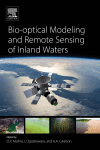
Product details:
- ISBN-10 : 0128046449
- ISBN-13 : 978-0128046449
- Author(s): D.R. Mishra, I. Ogashawara, A.A. Gitelson
Bio-optical Modeling and Remote Sensing of Inland Waters presents the latest developments, state-of-the-art, and future perspectives of bio-optical modeling for each optically active component of inland waters, providing a broad range of applications of water quality monitoring using remote sensing. Rather than discussing optical radiometry theories, the authors explore the applications of these theories to inland aquatic environments.
The book not only covers applications, but also discusses new possibilities, making the bio-optical theories operational, a concept that is of great interest to both government and private sector organizations. In addition, it addresses not only the physical theory that makes bio-optical modeling possible, but also the implementation and applications of bio-optical modeling in inland waters.
Early chapters introduce the concepts of bio-optical modeling and the classification of bio-optical models and satellite capabilities both in existence and in development. Later chapters target specific optically active components (OACs) for inland waters and present the current status and future direction of bio-optical modeling for the OACs. Concluding sections provide an overview of a governance strategy for global monitoring of inland waters based on earth observation and bio-optical modeling.
Table contents:
Chapter 1. Remote Sensing of Inland Waters: Background and Current State-of-the-Art
- Abstract
- 1.1 Inland Waters
- 1.2 Remote Sensing of Inland Waters
- 1.3 Fundamental Bio-Optical Properties
- 1.4 Bio-Optical Models
- 1.5 Book Content
- References
Chapter 2. Radiative Transfer Theory for Inland Waters
- Abstract
- 2.1 Introduction
- 2.2 Basic Principles
- 2.3 Bio-Optical Models
- 2.4 Light Field Models
- 2.5 Conclusions
- Acknowledgments
- References
Chapter 3. Atmospheric Correction for Inland Waters
- Abstract
- 3.1 Introduction
- 3.2 Challenges
- 3.3 Existing Algorithms
- 3.4 Conclusion
- Acknowledgments
- References
Chapter 4. Bio-optical Modeling of Colored Dissolved Organic Matter
- 4.1 Carbon in Inland Waters
- 4.2 Optical Properties of CDOM
- 4.3 Remote Sensing of CDOM
- 4.4 CDOM Retrieval With Bio-Optical Models
- 4.5 Final Considerations
- References
Chapter 5. Bio-optical Modeling of Total Suspended Solids
Claudia Giardino, Mariano Bresciani, Federica Braga, Ilaria Cazzaniga, Liesbeth De Keukelaere, Els Knaeps and Vittorio E. Brando
- Abstract
- 5.1 Introduction
- 5.2 Optical Properties of Particles
- 5.3 Case Studies
- 5.4 Conclusions
- Acknowledgments
- References
- Further Reading
Chapter 6. Bio-optical Modeling of Phytoplankton Chlorophyll-a
Mark William Matthews
- Abstract
- 6.1 Introduction
- 6.2 Chlorophyll-a: The Fundamental Measure of Phytoplankton Biomass and Production
- 6.3 Optical Pathways to Estimate Phytoplankton Chlorophyll-a
- 6.4 Conclusion
- Acknowledgments
- References
Chapter 7. Bio-optical Modeling of Sun-Induced Chlorophyll-a Fluorescence
- Abstract
- 7.1 Introduction, BASIC Concepts, and Current Knowledge
- 7.2 Modeling of Reflectance Spectra with Fluorescence
- 7.3 Relationships Between the Fluorescence Magnitude and the Concentrations of Chlorophyll and Other Water Constituents
- 7.4 Retrieval of the Fluorescence Component from Reflectance Spectra
- 7.5 Summary
- Acknowledgments
- References
Chapter 8. Bio-optical Modeling of Phycocyanin
- Abstract
- 8.1 Introduction
- 8.2 Theoretical basis for remote sensing of phycocyanin
- 8.3 Literature review of remote sensing algorithms of phycocyanin
- 8.4 Evaluation of Representative Algorithms Using a Large Field Dataset
- 8.5 Mapping PC Using Airborne Images
- 8.6 Summary and Future Work
- Acknowledgements
- References
People also search:
what is optical remote sensing
types of optical remote sensing
types of optical biosensors
bio optical
bio-optica
bio optics glasses
bi-optic
You may also like…
Biology and other natural sciences - Ecology
Technique - Electronics: Signal Processing
Advances in Remote Sensing Technology and the Three Poles 1st Edition Manish Pandey
Computers - Programming
Optics & Laser
Reference - Other Reference By Subject
Encyclopedia of Inland Waters [All 4 Set Volume] 2nd Edition Klement Tockner (Editor In Chief)




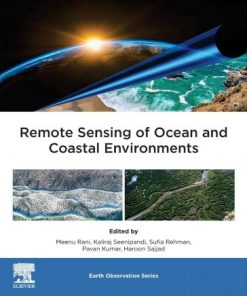
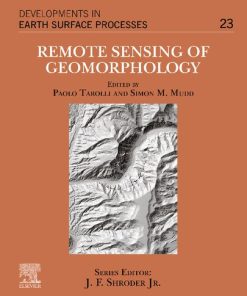
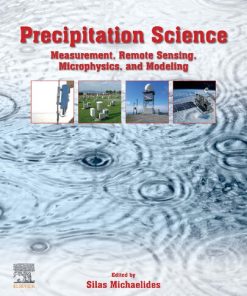
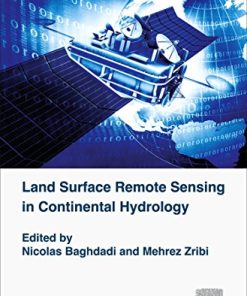
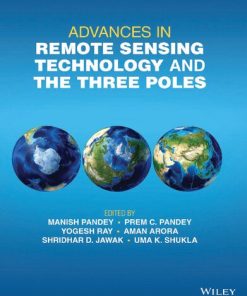

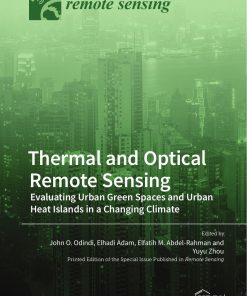
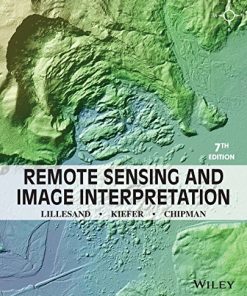
![Encyclopedia of Inland Waters [All 4 Set Volume] 2nd Edition Klement Tockner (Editor In Chief)](https://ebookmass.com/wp-content/uploads/2024/04/encyclopedia-of-inland-waters-all-4-set-volume-44145110-247x296.jpg)